David McFall R.A. (1919 - 1988)
Sculptor
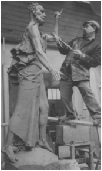
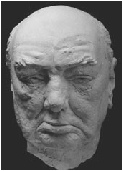
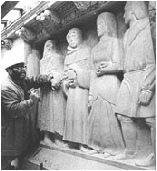
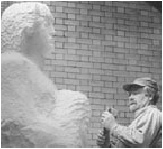
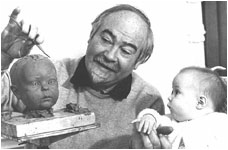
1944_2 Ellic Howe
Portrait head
Ellic Paul Howe (20 September 1910 – 28 September 1991)
Husband of Olga Howe (1944/3) and Elsa Antweiler (1955/5)
British authority on printing history who also wrote on occult subjects. Howe was born on September 20,
1910, in London. He attended Hertford College, Oxford (1929-31). During World War II he served with the
British army (1939-41) and was promoted to the Foreign Office (1941-45). After the war he became a
director of printing companies (1947-62).
In addition to his comprehensive studies of the history of British printing, he wrote and edited several important books on the occult and the history of magic, including Urania's Children: The Strange World of the Astrologers and The Magicians of the Golden Dawn (1972). The former discusses how astrology was used in psychological warfare in WWII. The latter work is a comprehensive study of the history and membership of the Hermetic Order of the Golden Dawn, the fountainhead of most contemporary ceremonial magic.
In his 1982 book The black game: British subversive operations against the Germans during the Second World War, Ellic Howe describes many of the propaganda activities that took place during World War II. Howe worked as an expert forger of propaganda, which drew on his expertise in printing before the outbreak of war. A number of different types of propaganda were employed to affect the morale of the German troops and disrupt their will to carry on. The two main forms were leaflet drops and radio broadcasts.
Ellic Howe: aka. "Armin Hull": Armin Hull was the non-de-plume of Eric Howe and it was Howe who became the man who was put in charge of Britain's forgery and counterfeit operation during World War Two with SOE (Special Operations Executive). As a younger man in the 30's, he had made a special study of German typography and printing techniques and had been a professional printer before the war. As an expert, he was made responsible therefore for espionage forgeries and propaganda parodies of postage stamps. This includes the forgery of German ration cards, orders and letters. The scale of the operation was massive.
Herbert A. Friedman writes: “Howe said that since he had been a professional printer before the war with both forgery and type recognition as a hobby, he had approached his superiors with suggestions about the proper way to produce anti-German propaganda. "I was in exactly the right place at the right time" he said. At that moment the British government was looking for an expert to train counterfeiters to produce documents for agents going behind enemy lines. Ellic Howe joined the Political Warfare Executive Forgery Section in the first week of November 1941. A lance corporal in the Anti-Aircraft Command at Stanmore, Howe had written a paper in September 1941 entitled, "Political Warfare and the Printed Word - a Psychological Study." The merits of that paper earned him an invitation to join the PWE.
Sefton Delmer described Ellic Howe (under the pseudonym, Armin Hull) in Black Boomerang (Viking: New York, 1962):
“But nearly always my visitors already had all the German rubber stamps they required. I was amazed how well
equipped these guerrillas were with the tools for forging German passes. So, too, were we. For we had come a
long way since that time in May 1941, when we could not forge a page of the Volkischer Boevbachter for lack of
suitable German typefaces and newsprint. We now had our own special printing unit capable of producing
counterfeits of any German document from army orders to postage stamps and ration cards.
The genius responsible for the change was Armin Hull, who had come to us from a balloon barrage unit. He was
a printer who had made a special study of German typography and printing techniques. Even before the war he
regularly visited Germany and made a point of collecting specimens of German printing. He carried them all back
with him in his baggage newspapers, tram tickets, commercial and private stationery, business forms, police
`wanted' posters, and anything else he could lay his hands on. His greatest asset, however, from my point of
view, was that he had an unrivalled knowledge of where to look in Britain for the printing types we needed in our
operations. Before the war, the British printing trade had imported a good deal of type from Germany. But it was scattered all over the country. Bit by bit Hull managed to hunt it down until he had assembled a fantastic mass of founts in our secret composing room. I recall that on one occasion before this type collection was formed he visited six printing firms during two days or so to collect the lines of type we required for counterfeiting the letterhead of the Reichsbank. The final result was absolutely identical with the original and probably only Hull could have achieved it.
He also had a first-class knowledge of the papermaking industry and arranged for British mills to counterfeit German papers and watermarks. Nor was he at a loss if it became necessary for us to forge signatures and handwriting. Once we needed to forge a letter written by K. E. Kraft, one of Goebbels's tame astrologers. Hull produced the perfect forgery within three days. "How on earth did you do this one?" I asked him, fascinated as I always was by his technique." Oh," said Armin at his most off-hand, "I looked up a friend of mine at Scotland Yard and asked him whether he knew a good forger who would like to serve his King and Country in this way. He put me on to an artist doing time for forgery in Wormwood Scrubs, and there you are!"
Armin Hull was a great hand too at producing printing that looked exactly as if it had been produced by `underground' amateurs in a cellar. He had installed a tiny printing press in his office and often spent his evenings printing short runs of `sabotage' leaflets. He said that he could never find a professional printer capable of doing such work badly enough!
The fact of the matter was that Hull was a perfectionist. Not for him the near-perfect work which our opposite numbers working for Goebbels and SD chief Walter Schellenberg occasionally smuggled into Britain. I once showed him a little octavo sized anti-Jewish leaflet which had been picked up in a Soho pub. To me it looked genuine. It had a London imprint. The type in which it was set was type we use in Britain. The format was a British format. But Hull took only one look at it, and immediately pulled a small folding type scale out of his pocket." Made in Germany," he laughed when he had finished measuring. "This is set in Linotype Bodoni such as we also use in this country. But this lot has been cast on a German type body with a so-called Didot mould, which is fractionally larger than that for the English body and leaves a little more space between the lines. That, my dear Watson, gives it away."
" Humph," I pondered, and then a bright idea occurred to me. "And do you use the Didot body for our fakes?"" Of course I do," Hull snorted indignantly. "The first thing that I did when we started this work was to get all the necessary type-casting moulds converted from English to Didot standard." One could not catch him out. He really was a champion counterfeiter.
…
The perfect `plant' could only be accomplished by the human hand. We therefore depended on agents of the underground for our normal distribution. But there were three counterfeits which we did drop from R.A.F. aircraft. The first of these were our forgeries of the German ration cards. The second was a rough leaflet multigraphed on sheets of Luftwaffe signals paper which we hoped would be accepted as having been dropped by Luftwaffe comrades of the ace fighter pilot Werner Molders.
Armin Hull had been counterfeiting German ration cards for some time before I became aware of it. He was doing so for our friends in S.O.E. who required German ration cards for `travellers' operating in Germany. When I found some specimens of German ration cards lying on Armin's work-table I thought they were the genuine article. "Could you counterfeit these?" I asked him, and I explained that if we could persuade the R.A.F. to drop them on Germany, we would be striking a powerful blow at Hitler's rationing system.
"Afraid you can't have them though," said Armin." Why ever not? I know we are not allowed to forge bank notes. But these? Surely..." "It isn't that. These belong to S.O.E. They are forgeries and they want them for their agents."
I could hardly believe it. "Show me the originals," I demanded. Armin produced them. They were indistinguishable. The colours, the perforation, texture of the paper, the watermark, everything appeared to me to be identical. It was a miracle. I decided to put up my plan to S.O.E. for I felt sure they would help when they heard it. And so indeed it turned out. The S.O.E. chief's only stipulation was that we should not drop the latest issues on Germany. "We need these for our chaps working there," explained the colonel who was my liaison with the Cloak-and-Dagger men. "Besides we don't want the Germans to know that we receive their ration cards here almost as soon as they are issued."
Instead of the latest issue he offered me some Travellers' Coupons which were valid throughout Germany. They had only one defect, they were due to expire fairly soon. I accepted them with enthusiasm. Armin printed vast quantities of these Travellers ration cards and very soon the R.A.F. were dropping them on Germany. "A little balm," I called it, "to take the hurt out of the bombs." The howl of protest at this British iniquity from Goebbels was so encouraging that we printed millions more ration cards and kept dropping them. And soon S.O.E. relented, and let us use the latest coupons and not only those about to expire.
Armin developed a splendid technique of mass forgery. As soon as he had heard from S.O.E. that a fresh consignment of German ration cards was on its way to him, he would call up his printers and the paper-maker and have them ready, waiting in his office. While the printers made their offset plates the paper-maker would be making the special watermarked paper, in the event that the Germans should have changed the pattern and a new batch was needed. The whole operation was completed at top speed. So expert did Hull's team become at the job that the R.A.F. would be distributing our forgeries within days of the new issue coming from the German Food Offices.
The German C.I.D. circularised their offices to be on the lookout for our forgeries. In a special warning of January the 14th, 1944 - we picked it up later among the captured documents-they issued a most painstaking analysis of the few points of difference they could establish between our forgeries and the genuine German coupons. But while these differences might be detectable by police equipped with special instruments I cannot imagine a grocer, or a baker, or an inn-keeper being able to detect them in the rush of business. Considering the speed at which these counterfeits had been prepared the police circular was a remarkable tribute to Hull and his team.
But Goebbels had a more imaginative counter-measure up his sleeve. When he found that the German printers and paper-makers could not beat Hull by altering the pattern of the coupons, Goebbels, brilliant artist that he was, counterattacked with a stratagem which I rank among the most ingenious of the war. To back up his propaganda blast that the `R.A.F. forgeries' were `clumsy and easily detected' and `certain to land those who use them in the death cell', he got his own printers to fabricate some monumentally clumsy forgeries of ration cards. These he then displayed at Party meetings all over Germany as samples of `stupid British work by which no intelligent German could possibly be deceived'. He followed this up with nation-wide publicity for the trials of `Volksschadlinge' (enemies of the people) who had been caught by shopkeepers trying to pass off the R.A.F. Forgeries.
I was full of admiration for the little doctor's ingenuity at the time, and I still am. This was `black' against `black' at its most brilliant. But it did not deter the many thousands of Germans, who used the ration cards we had dropped, to provide themselves with a valuable addition to their calories.
When Armin Hull went to Germany in the summer of 1945 his German driver told him how he had lived for six weeks on our Cheese coupons, while he was on the run from the Gestapo. He had no idea that he was talking to the forger in person.”
References to Ellic Howe/’Armin Hull’ can be found at:
http://www.psywarsoc.org/timeline/british_black.php
http://www.psywar.org/stamps.php
http://www.psywar.org/postcards.php
http://www.artfake.net/greatestforgers2.html
http://www.nostradamusresearch.org/en/ww2/howe-info.htm
http://www.proprint.com.au/InDepth/113348,turning-forgery-into-freedom.aspx
Some publications by Ellic Howe
* The Magicians of the Golden Dawn, ISBN 0877283699 (0-87728-369-9)
* The Black Game: British Subversive Operations Against the Germans During the Second World War ISBN 0718117182
* The Hermetic Order of the Golden Dawn - One of the most famous occult societies of the 20th Century. - The
Theosophical Society was formed in 1875. Until his death in 1991 Ellic Howe was the world's foremost authority on
the Golden Dawn and Aleister Crowley. He was inducted into UGLE in 1970, and then only eight years later he was
elected Grand Master of the QC Lodge.
* Astrology and the Third Reich ISBN 0850303974 (0-85030-397-4)
* Astrology and Psychological Warfare During World War II, ISBN 0091115612 (0-09-111561-2)
* List of London Bookbinders, 1648-1815 (Bibliographical Society)
* The typecasters
* Raphael, or, The royal Merlin Published: 1964
* Pekingese scrapbook by Elsa Howe, Ellic Howe. The history of the Pekingese dog.
* Merlin Peregrinus: Vom Untergrund Des Abendlandes by Ellic Howe, Helmut Moller ISBN 3884791850 (3-88479-185-0)
* Urania's Children: The Strange World of the Astrologers ISBN 0718300106 (0-7183-0010-6)
* Die Schwarze Propaganda Ellic Howe
* Wege Und Abwege: Beitrage Zur Europaischen Geistesgeschichte Der Neuzeit Festschrift Fur Ellic Howe ISBN
3810750522
*Fringe Masonry in England 1870-85 Ars Quatuor Coronatorum [the transactions of Quatuor Coronati Lodge No. 2076]
Vol. 85 (1972).
* Irregular Freemasonry in Germany, 1900-1923 [the transactions of Quatuor Coronati Lodge No. 2076] Vol. 91 (1978).
Ellic Howe & Helmut Moller
* Two vols of ‘Petits papiers’ collected by Ellic Howe, mainly 19th century French jobbing printing, letterheads,
billheads, etc. In University Library, Special Collections
* Jahrhundertfeier: vom Untergrund des Abendlandes by Helmut Möller; Ellic Howe.
* Viniana, compiled by Ellic Howe
Some of Ellic Howe’s personal papers are in St Bride’s Library St Bride Institute, Bride Lane, Fleet Street London EC4Y 8EE (the world’s foremost printing & graphic art s library): including a catalogue of typefounders, punchcutters and printers with sources for specimens and books.
Obituaries
All rights reserved
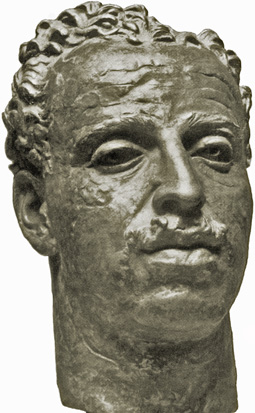
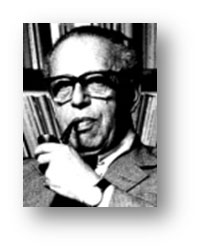
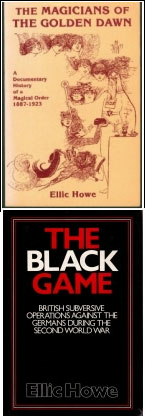
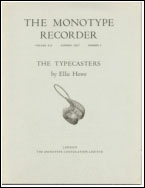
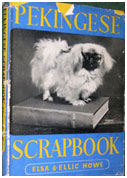
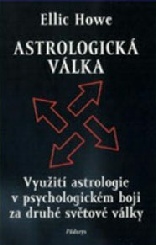
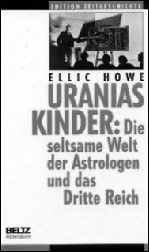
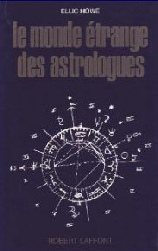
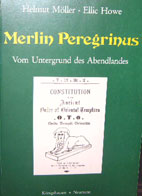
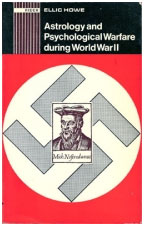
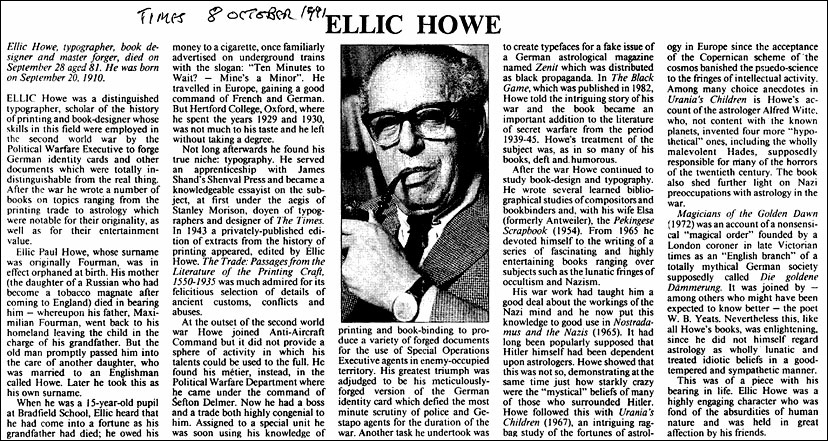
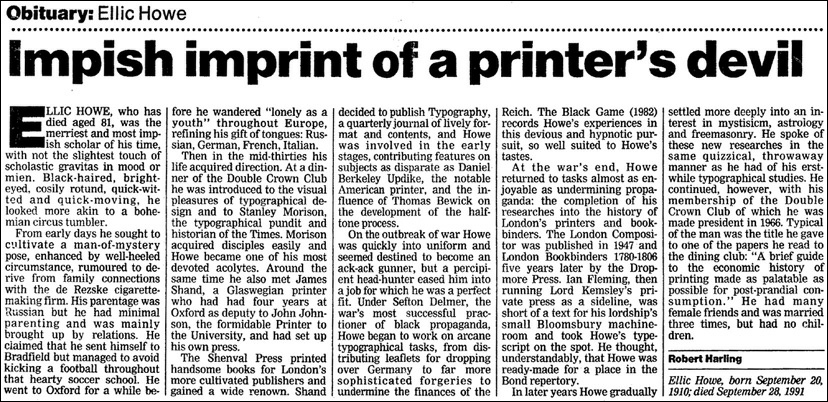
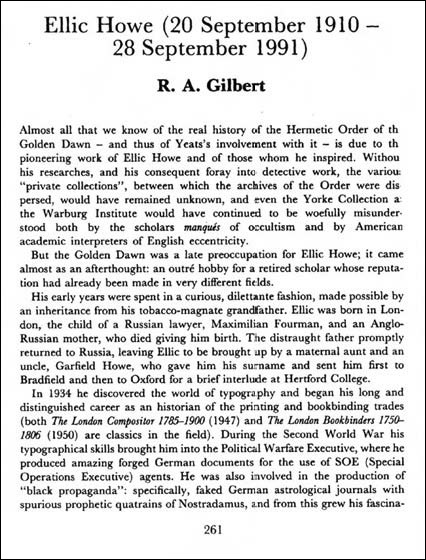
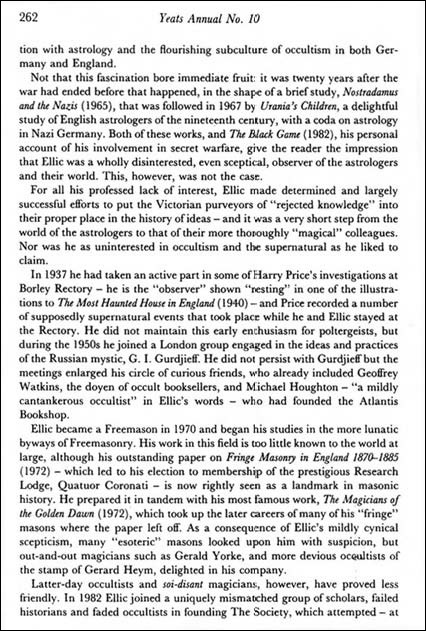
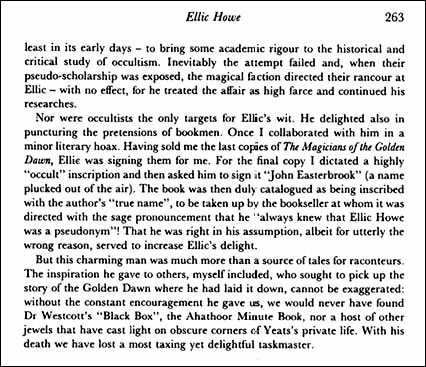
| Animals |
| Busts and Heads |
| Children |
| Churchill studies |
| Lettering |
| Medals coins plates |
| Reliefs |
| Stone carvings |
| Contemporary British Artists |
| On Epstein |
| Picasso |
| The art of portrait sculpture |
| Letters |
| Palliser |
| Son of Man |
| Press |
| Obituaries |
| Memorial address |